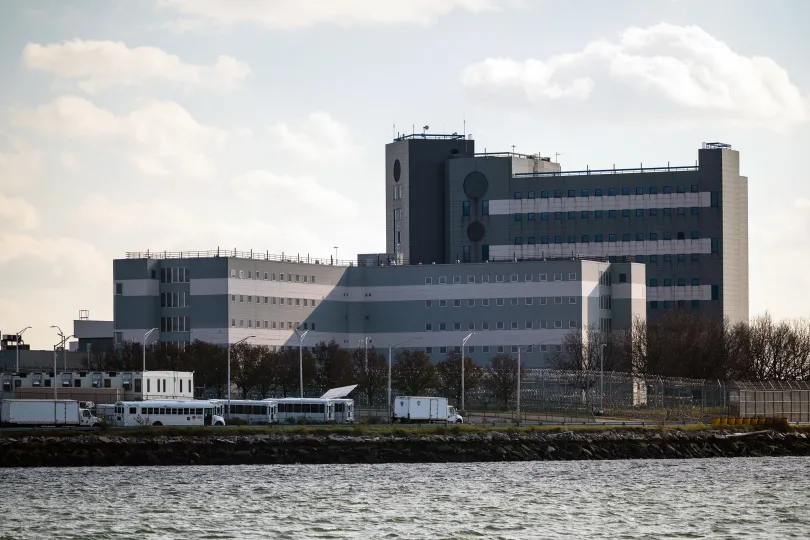City Hall Still Planning for Shutdown of Rikers Island Jails, But Is Mayor All-In?
Work to shut the isolated jail facilities in favor of smaller borough jails is moving ahead — even as the mayor calls for more people to be jailed.

 This article was originally published on by THE CITY
This article was originally published on by THE CITY
At the close of Mayor Eric Adams’ first year in office, it’s not completely clear whether he wants the cells at Rikers Island to stay or go.
The ambitious City Hall plan to shut the sprawling and isolated jail facilities there — a legacy of the previous administration — is still officially moving ahead despite Adams calling the massive shift into question because of a steady rise in the number of detainees.

Brooklyn Boro
View MoreNew York City’s most populous borough, Brooklyn, is home to nearly 2.6 million residents. If Brooklyn were an independent city it would be the fourth largest city in the United States. While Brooklyn has become the epitome of ‘cool and hip’ in recent years, for those that were born here, raised families here and improved communities over the years, Brooklyn has never been ‘uncool’.